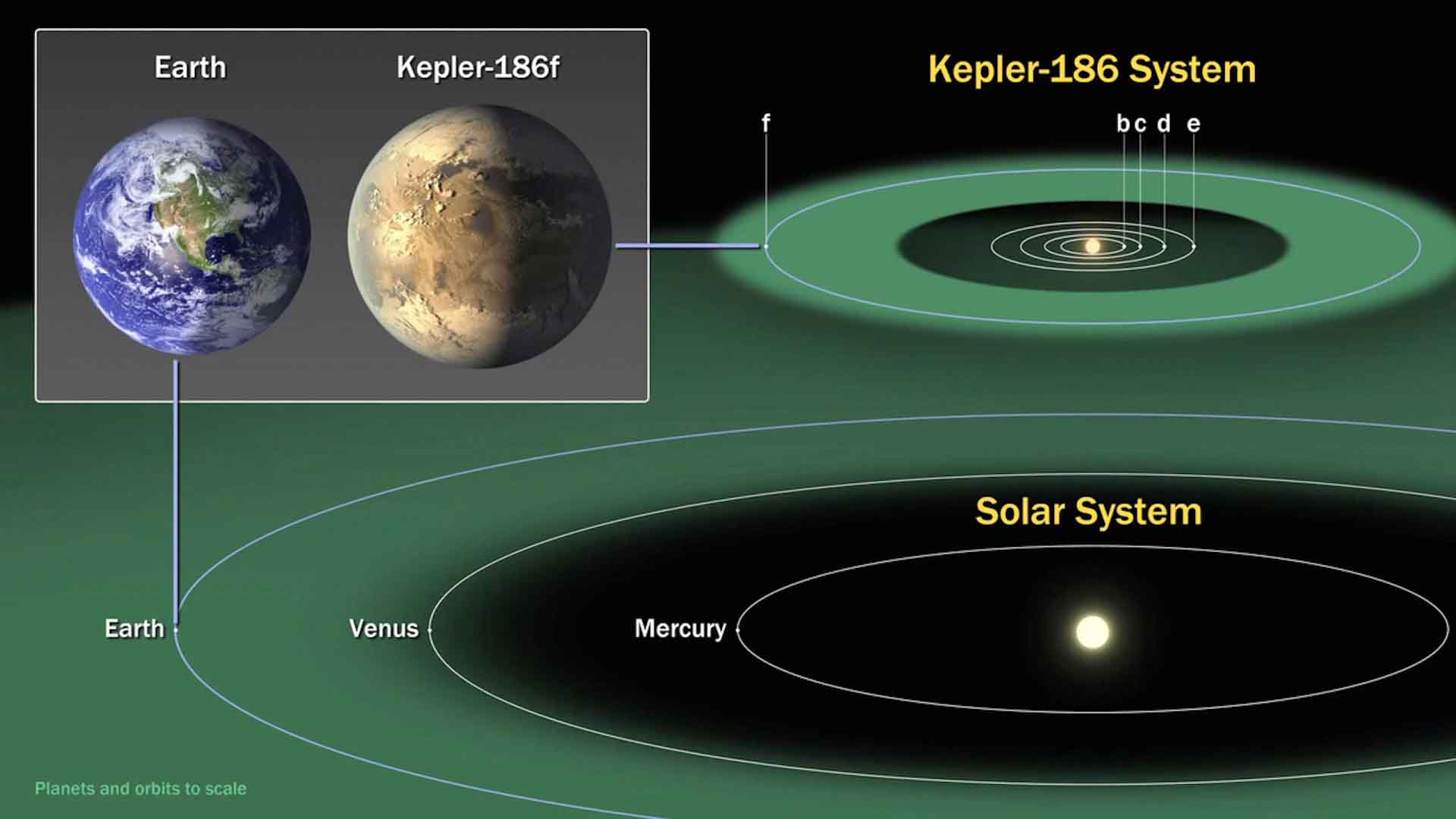
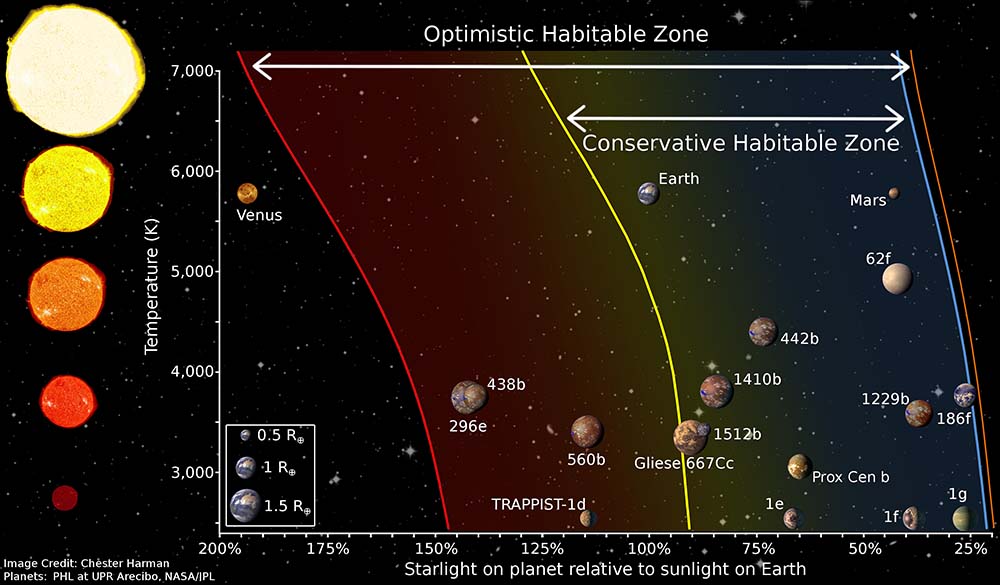


In astronomy and astrobiology, the circumstellar habitable zone (CHZ), or simply the habitable zone, is the range of orbits around a star within which a planetary surface can support liquid water given sufficient atmospheric pressure. The bounds of the CHZ are based on Earth's position in the Solar System and the amount of radiant energy it receives from the Sun. Due to the importance of liquid water to Earth's biosphere, the nature of the CHZ and the objects within it may be instrumental in determining the scope and distribution of planets capable of supporting Earth-like extraterrestrial life and intelligence.
The habitable zone is also called the Goldilocks zone, a metaphor, allusion and antonomasia of the children's fairy tale of "Goldilocks and the Three Bears", in which a little girl chooses from sets of three items, ignoring the ones that are too extreme (large or small, hot or cold, etc.), and settling on the one in the middle, which is "just right". Continue reading
A Goldilocks zone is a planet that falls within a star's habitable zone, and the name is often specifically used for planets close to the size of Earth. The name comes from the children's fairy tale of Goldilocks and the Three Bears, in which a little girl chooses from sets of three items, ignoring the ones that are too extreme (large or small, hot or cold, etc.), and settling on the one in the middle, which is "just right". Likewise, a planet following this Goldilocks Principle is one that is neither too close nor too far from a star to rule out liquid water on its surface and thus life (as humans understand it) on the planet. However, planets within a habitable zone that are unlikely to host life (e.g., gas giants) may also be called Goldilocks planets. The best example of a Goldilocks planet is the Earth itself.
Goldilocks planets are of key interest to researchers looking either for existing (and possibly intelligent) life or for future homes for the human race. The Drake equation, which attempts to estimate the likelihood of non-terrestrial intelligent life, incorporates a factor (ne) for the average number of life-supporting planets in a star system with planets. The discovery of extrasolar Goldilocks planets helps to refine estimates for this figure. Very low estimates would contribute to the Rare Earth hypothesis, which posits that a series of extremely unlikely events and conditions led to the rise of life on Earth. High estimates would reinforce the Copernican mediocrity principle, in that large numbers of Goldilocks planets would imply that Earth is not especially exceptional.
Finding Earth-sized Goldilocks planets is a key part of the Kepler Mission, which uses a space telescope (launched on March 7, 2009 UTC) to survey and compile the characteristics of habitable-zone planets. On November 4, 2013, astronomers reported, based on Kepler space mission data, that there could be as many as 40 billion Earth-sized planets orbiting in the habitable zones of sun-like stars and red dwarf stars within the Milky Way Galaxy. 11 billion of these estimated planets may be orbiting sun-like stars. The nearest such planet may be 12 light-years away, according to the scientists. Continue reading
Astronomers are currently searching for signs of life in the "habitable zones" of nearby stars defined as the band around a star where liquid water can potentially exist Science Alert - April 11, 2023
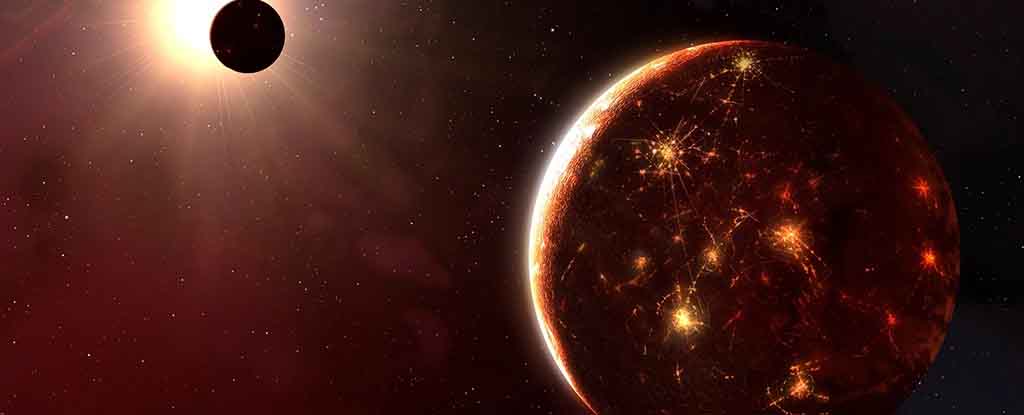
But a recent paper argues that we need to take a more nuanced and careful approach, based not on the potential for life, but the potential for computation. One way to define life itself is as a set of computations that act on information. The information is stored in DNA and the computations are performed by various proteins. The ability to store information and act on its environment allows life to undergo natural selection, which finds ever more complex arrangements. The traditional searches for life look at how we understand it from an earthly context. Namely, creatures living on the surface of a world just the right distance from a parent star and using liquid water as a solvent for chemical reactions.
Webb begins hunt for the first stars and habitable worlds PhysOrg - July 14, 2022
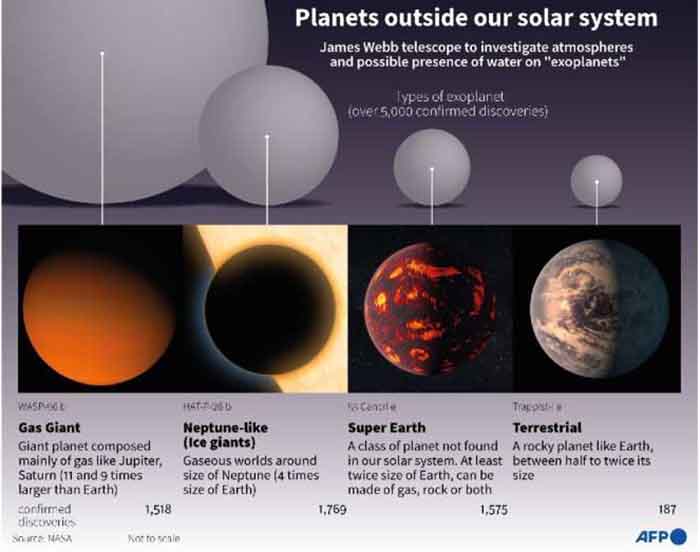
Three of Trappist-1's seven planets are in the Goldilocks "habitable zone," neither too close nor too far from their star, permitting the right temperatures for liquid water to exist on their surface.
'Earth 2.0' found in Nasa Kepler telescope haul BBC - July 24, 2015
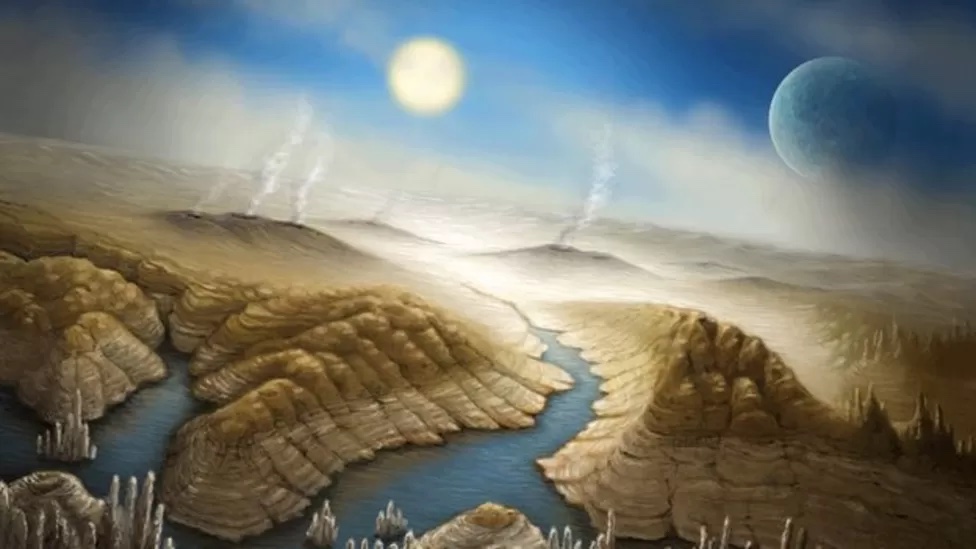
Kepler-452b orbits at a very similar distance from its star, though its radius is 60% larger. Mission scientists said they believed it was the most Earth-like planet yet. Such worlds are of interest to astronomers because they might be small and cool enough to host liquid water on their surface - and might therefore be hospitable to life.